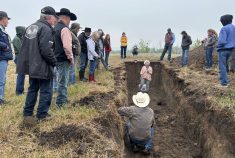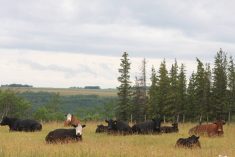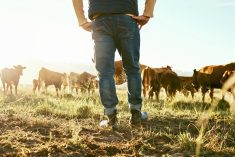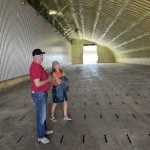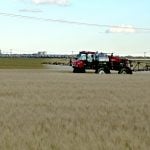If you’ve handled livestock much, you likely understand the importance of timing. Rancher Tim Andrew alludes to this in a stockmanship article written by Melissa Jeffers-Bezan in our Sept. 24, 2024 issue. Any entry into a bovine’s flight zone will make that animal uncomfortable, and trigger a response. As the handler, you need to “give some release,” Andrew says, because if you maintain the pressure too long, the animal will get “really agitated, really stressed.” I’ve often heard or read that horses don’t learn from pressure, they learn from the release of the pressure, and perhaps it’s the same with all prey animals, including cattle. Maybe it’s the same with people. Most of us would rather be rewarded for good behaviour than micromanaged and criticized, no matter what we do.
It also applies to decisions on farms and ranches, from seeding to cutting and baling hay to feeding the cow herd. As Dr. Gabriel Riberio writes in our Nutrition column, now is the time to evaluate the body condition score of your cows. Extended grazing is a useful feeding strategy for the fall, but this is also a good time to supplement any cows that need to gain condition before winter sets in. It’s a lot easier for a thin cow to gain weight in the early fall than when it’s -20 C or -40 C.
If you follow cattle markets or any markets, you know all about timing. Steve Kay outlines signs that the herd rebuild will be slow in Prime Cuts. And Jerry Klassen writes about where we’re heading in the business cycle, and why that’s likely to soften or even reduce beef demand in Market Talk.
Read Also
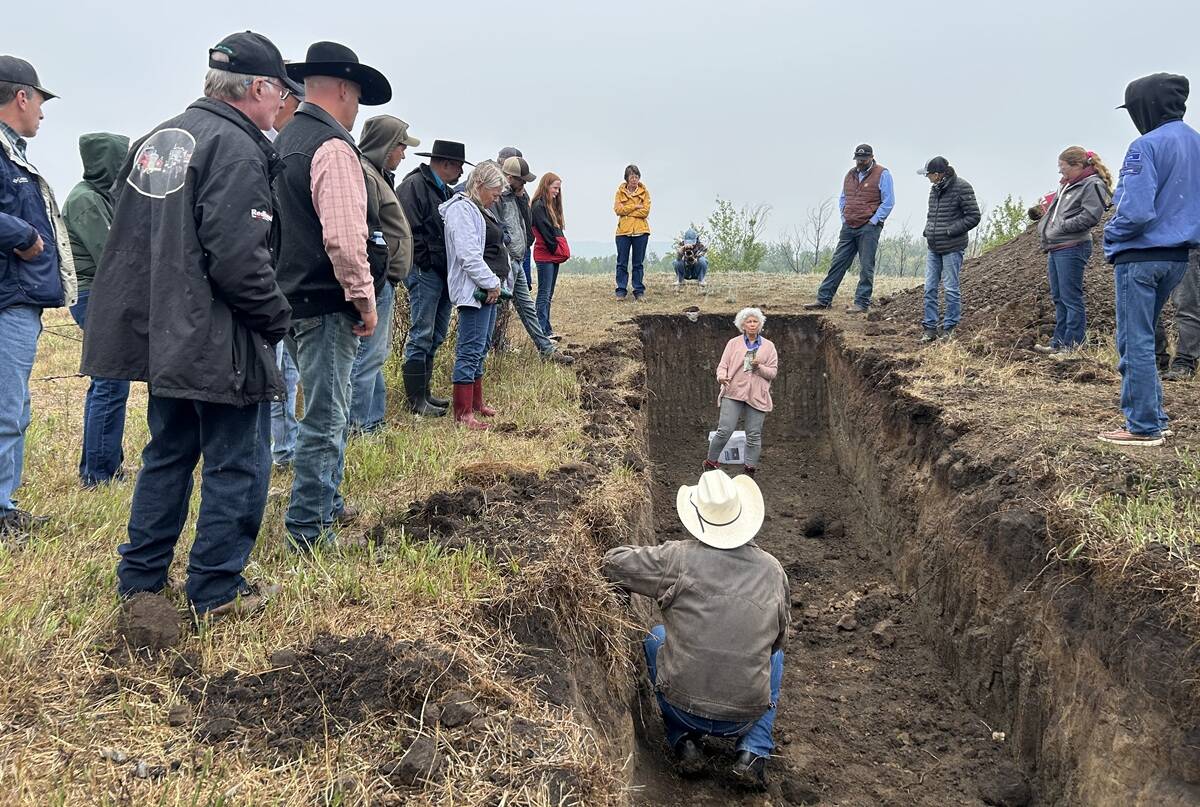
Improving soil health on the ranch
Yamily Zavala, PhD, talks soil health for farmers and ranchers at a grazing club field day at Paradise Hill, Saskatchewan.
Sometimes timing comes into play with big life decisions. I was struck by this recently while watching Ryan Bierback speak about how he got started in ranching at the Canadian Beef Industry Conference. Bierbach grew up on a ranch in southwestern Saskatchewan. He had finished college and brought all kinds of ideas home to the family ranch. But he realized the transition plan his father had in mind wouldn’t work for him. Long story short, he and his wife Tania bought land by Whitewood, Sask., and built their own ranch and ranch supply business. I imagine they made hard decisions that led to sleepless nights, but sometimes the hard decisions are the right ones. Since then, they’ve raised a family, survived BSE and everything else that life has thrown at them in the last 20-plus years, and they haven’t had to deal with the problems that trip up many multigenerational operations.
Not that I’m saying it’s always best to split from your birth family to ranch or farm. As you all know, it just depends on the situation. Kelly Sidoryk’s story on Saskatchewan’s Adamson family illustrates how important it is to take action when the time is right. For example, when Scott Adamson and his wife, Alicia, started planning their integration into the Adamson ranch, Scott’s uncle Terry suggested they all take a holistic management course together. The point, to me anyway, is not so much that they took a holistic management course, but that the whole family got on board with the plan, and started working together. I think this would give everyone some confidence that the transition would happen, not to mention the skills and tools they’d gain from the course, and the trust they’d build in each other.
Think about this scenario from different perspectives. What signals does the younger generation send to the senior partners when they commit to a course like this, and then start applying whatever they’ve learned? What does the ranching son, or daughter, learn about the senior generation’s intentions? What about the incoming spouse or partner, who hasn’t grown up in the family they’re about to join, and is still getting to know them in many ways?
Behaviour is a language. What are you telling people, through your actions, at these key moments? What are they telling you? Do everyone’s actions match their words?
Behaviour is the only language livestock understand from us. I’m sure genetics factor into temperament, too, but an animal’s experience with people really adds up. There are several reasons to continuously improve your own livestock handling practices, including animal health and safety and smoother processing, in the long term.
But I think the biggest reason is on display on the front cover of this month’s issue. Farms and ranches are family businesses, and that means young kids around livestock. Most kids love to pet calves, or even bulls, and so handling livestock in a low-stress way is one way to create a safety backstop, in case a little one slips into the corral when no one’s looking. It’s also going to keep the handlers safer, too, because people will have a better understanding of livestock behaviour, and the livestock will be, in the long run, easier to handle.
I have great respect for the readers of this magazine, and I hope that comes through in every issue. What you do is hard, and the skills and knowledge required to grind out a living from a beef operation would lend themselves to other, perhaps more lucrative, careers.
But it’s a great blessing to spend our working hours on something we believe is important, and that gives us satisfaction. I hope you all find your work meaningful, even on the days you’re dealing with the problems that ranching and farming bring your way.
By the way, if you are a fan of Sidoryk’s Depth of Field column, we’ve now launched a podcast. You can find it here or on YouTube at youtube.com/@GFMPodcasts.




